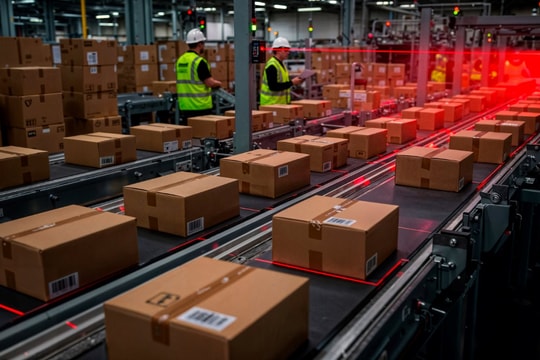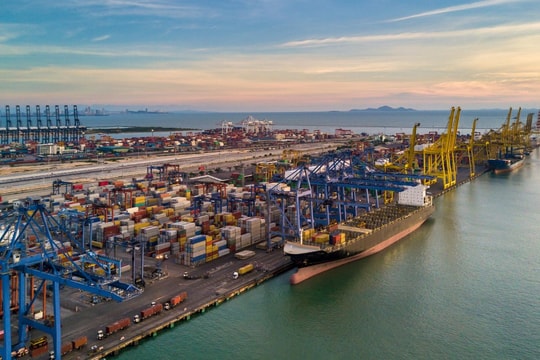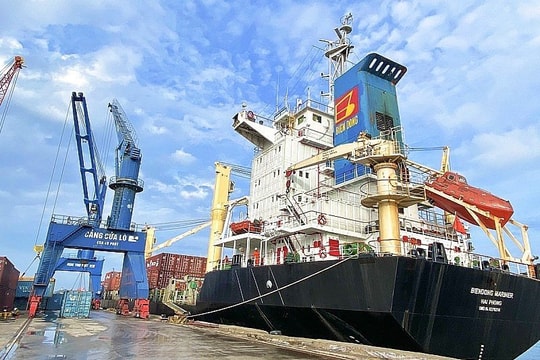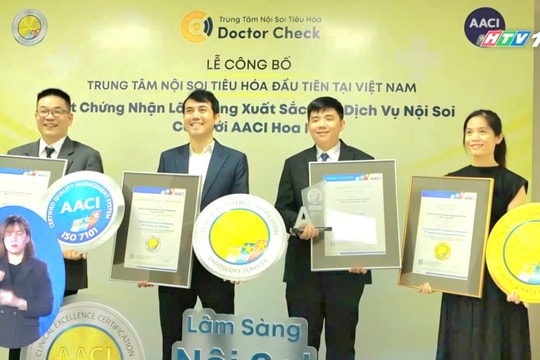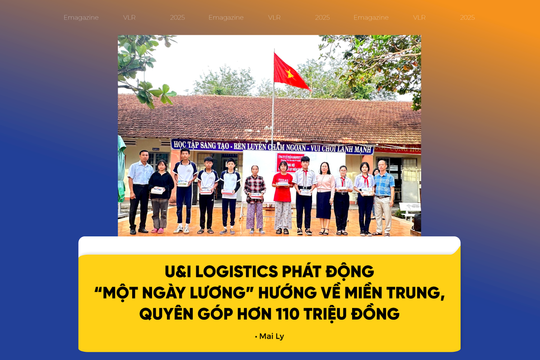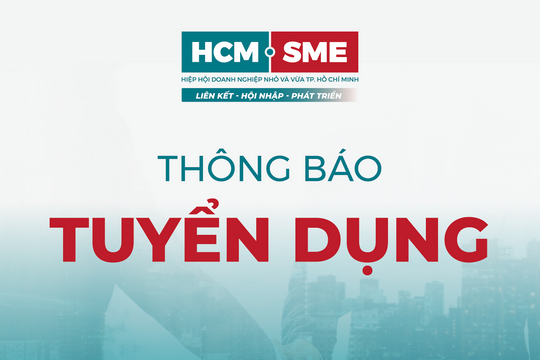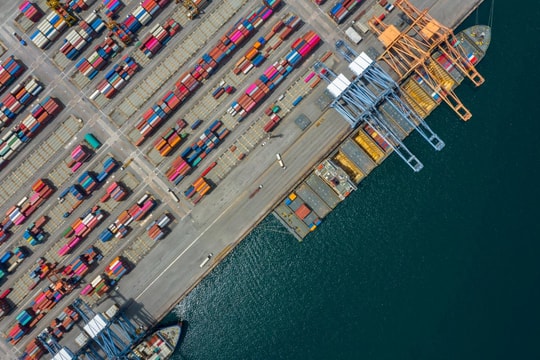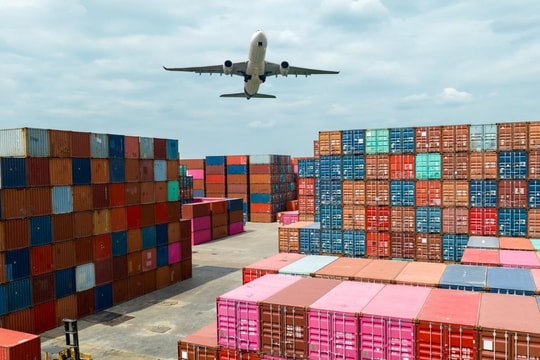This is what Prof. PhD Vo Tong Xuan- Principle of the University of South Can Tho affirmed to VLR about the Role of logistics supply chain in the strategy to develop economy for the
Mekong Delta.
The Mekong Delta has its best export advantages of agricultural and aqua-agricultural products as rice, aqua-products (shrimps, catfish), vegetables and fruits... However, the value it brought has not been as expected. Can you tell about the reason of it?
• We lack planning, organization to establish a value chain of product and a perfect supply chain. Take an example with rice export. Vietnam rice have large quantity, but low quality: about 70% exported rice is low quality rice (25% broken rice) so that it is unable to approach high sector of the market. In middle and low sector, competitions from many country lead to lower price and benefit. Some enterprises have recognized the matter lately, and they have set a source area in Cai Lay (Tien Giang) with surveillance and consultancy from a company from Germany to produce rice of high quality of GAP standard. However, Vietnam Food Association (VFA) did not allow them to export the rice. And they have to sell it to local market. We lost a chance to promote Vietnam rice to the world and we discouraged enterprises who want to develop a value chain, bringing benefit to farmers. AnGiang Plant Protection Company has lately done it with the introduction from the Ministry of Agriculture and Rural Development. Rice was exported to Japan with rather high price.
So there are limits in branding?
• Yes. About rice with brand, first select a good strain with high quality, then have a good manufacturing progress, then collect them to mill factories and package them. Rice export companies have to do their branding. In Thailand, there are three good strain rice allocated to farmers. Then they are collected to mill factories and packaged. Export companies then buy them. In Vietnam, 90% of rice are bought by export companies from merchants. These rice are often mixed together. So it is unable to make good branding.
Is there any solutions for the limits?
• We did have solutions. The matter is whether we are ready to change or not. The fact that Cambodian rice has become the best rice in the world is the thing we have to think about. So the story goes. World Bank offered a funding to Cambodia. Australian experts helped to select good strain, multiplicate them, and train six private enterprises with international progresses from collecting them, bringing the rice to mill factories, and packaging. So all six enterprises went to International Fair to promote their products and brands, Vietnam had none.
Fruit and aqua-agricultural products have experienced the same situation?
• Yes. There is great potential for the Mekong Delta’s fruit export. Many kinds of fruits are popular on the world’s market. However their quantity and quality are not stable, so they do not have distinctive brand. In other countries, they have particular planning to grow what tree, where to grow them and then have tight management on both quality and quantity. On the contrary, we have no plans and our farmers keep suffering from the inadequacies.
There are same results with aqua-agricultural products. Our scattering productions limit the development of the aqua-agricultural production. The biggest problem in production and processing is the weak cooperation among areas. And there is also weak cooperation among the Government- scientists- enterprises- farmers and banks. To solve the problem, aqua-agricultural product processing enterprises have to take care members in the supply chain: choosing good strain, food, dealing with diseases... avoiding goods to be returned. We cannot have good control with existing way, which leads to bad quality and even complete lost.
So basic solution for promoting economic development in the Mekong Delta is to build a value chain and a supply chain for agricultural and aqua-agricultural products?
• So this is what we do at first. To build a value chain and a supply chain for agricultural and aqua-agricultural products in the Mekong Delta, we need to improve the connections among enterprises and enterprises, among farmers and farmers. This will help to create specializing-plant growing area, and farmers are able to apply scientific achievements of world’s standards. There should also be checks and adjustments of the master plan to develop processing industry in the Mekong delta, avoid provincial development that affects the whole regional benefits.
How do you think about logistics advantages to support economic development in the Mekong Delta?
• Good logistics system surely have good impacts to the economic development of the Mekong Delta. However, this should be done synchronously. The investments have been rather sparse nationwide, and that leads to low efficiency. This is another large matter to be discussed later. In my opinion, Mekong Delta currently has its advantages to develop logistics system. But the question is why there are only a few investors to take part in? It is a thorny question, and I will talk about later! I wish VLR great success.
Thank you. Wish you good health.
According to the South Western Guiding Board, the Mekong Delta in a key zone of producing agricultural products with around 4,000,000 ha for rice, 800,000 ha for aqua-cultural products, 300,000 ha for fruits. The Mekong Delta accounts for 90% of the country’s exported rice. In 2014, aqua-cultural products reached over 2.4 million tons, including 1.2 m tons of catfish and 400,000 tons of shrimp with value of USD 3.2b.
In 2014, fruit production in Mekong Delta had considerable achievements with the program of growing 5 kinds of fruits pitaya, mango, rambutan, durian and longnhan. These fruits gave high yield, increasing total amount of fruits in the South to 1.6m tons with the value of USD1.5b, an increase of USD 500m year-over-year


